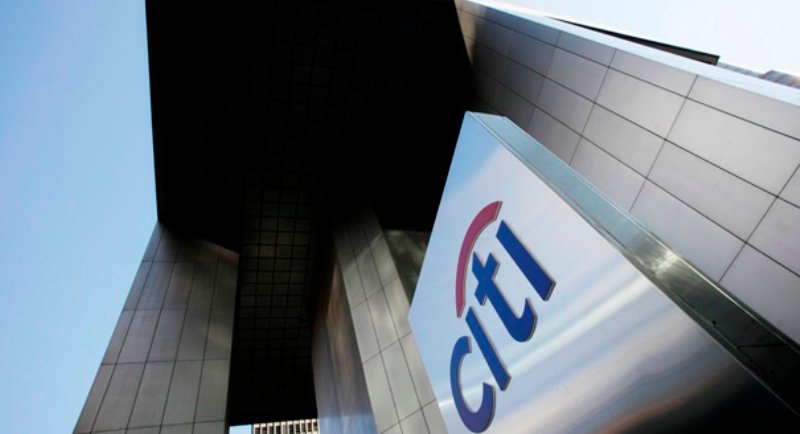Analysts expect big U.S. lenders to show they have enough capital to withstand any new banking sector upheaval during this week’s Federal Reserve health checks, but investor rewards may drop.
The central bank will announce the findings of its bank “stress tests” on Wednesday.
Following the 2007–2009 financial crisis, banks’ capital planning depends on the yearly exercise, which determines how much cash they can return to shareholders through dividends and share buybacks.
Silicon Valley Bank and two other institutions collapsed this year, prompting the 2023 tests. Fed interest rate hikes caused huge unrealized losses on their U.S. Treasury bond holdings, scaring uninsured depositors.
Citigroup Inc (C.N), Bank of America (BAC.N), JPMorgan Chase (JPM.N), Goldman Sachs Group (GS.N), Wells Fargo (WFC.N), and Morgan Stanley (MS.N) are the most watched Wall Street lenders. Capital One, U.S. Bancorp, and Citizens may also be in the limelight due to investor worries.
Despite the turbulence and the worst exam in years, bank analysts and executives expect 23 firms to show capital over regulatory minimums.
“The 2023 Fed Stress Test throws the kitchen sink at banks and allows them to show that the largest banks can handle one of the toughest tests yet,” Wells Fargo analysts said Thursday.
“Dividends should be secure, and banks should have excess capital to return to shareholders under most circumstances, even if at a slower pace than in the past.”
After the spring bank failures, the Fed was criticized for not testing bank weaknesses for higher rates. The industry has performed admirably.
Last year, the Fed found that banks would lose $612 billion in a severe economic slump but still have twice the capital required by Fed standards.
It’s tougher this year. In the Fed’s “severely adverse” scenario, unemployment rose 6.5 percentage points from 5.8 in 2022. The real U.S. jobless rate is lower in 2023, making the test harder.
This year, residual pandemic-era office vacancies burden borrowers. Therefore the test will assume a 40% drop in commercial real estate prices.
The Fed requires banks to have a “stress capital buffer” over regulatory minimums to survive a hypothetical economic slump. The buffer size increases with test losses.
On Thursday, the Bank Policy Institute, a Washington bank lobby group, predicted larger hypothetical bank losses this year. It anticipated a 3.2% capital decline in 2023, up from 3% in 2022.
RBC analysts anticipated earlier this month that commercial real estate exposure would drive hypothetical credit losses and that some banks would need bigger buffers.
Analysts expect banks to reduce bonuses this year due to expected capital rises and economic uncertainties.
“Capital return expectations continue to get ratcheted down given looming headwinds,” noted Jefferies analysts this month.
Since Randal Quarles resigned in 2021, last year’s test was easier. Michael Barr, his successor, wants to add more situations to the examinations this year.
The eight largest and most sophisticated banks experienced an “exploratory market shock” this year. That won’t affect capital, but it will be used to evaluate numerous stress test scenarios.
“In an environment of ever-changing risks, stress tests can quickly lose their relevance if their assumptions and scenarios remain static,” stated Barr in December.


